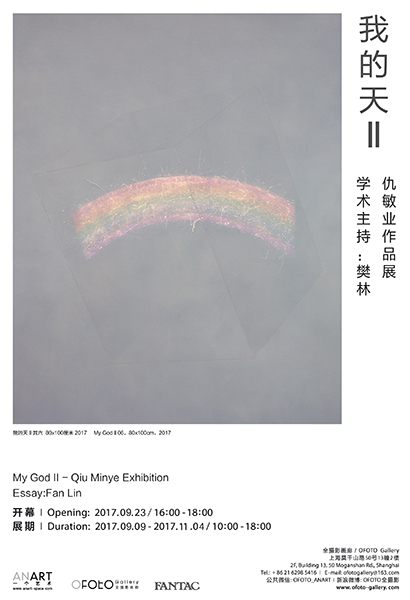Seeing a New World
by Fan Lin
About “Time"
Electric sparks are employed in "My God” series as measurement of time. In the 20-plus completed works in the series, Qiu uses electric sparks to outline the “objects” through continual exposures. Without the electric sparks, these works would be impossible. Time is immortal, while the artificial sparks pins it down to perceptible units with daily life material. Its repetition poses an issue that might be challenging to the form of visual art: when we talk about infinity, we do not talk about infinity per se but the relationship between the infinite and the limited. Vice versa when we talk about the limited. Such contrast embodied in the photos means that these works go deeper than merely recording the passage of time. That’s why for Qiu Minye, electric sparks are a perfect medium of expression.
About “Figures"
The second series of the “My God” reminds me that the logic behind the visual language is more important than the experience of the works. In the essay I wrote for the first series, I suggested to put great emphasis on “experience” as a key to the understanding of the works, while in this series the creation of photography is proceeded with thinking and manufacturing. We can acknowledge that this break-through shows that photography as art can go far beyond documentary. A real artist’s excitement lies in creating new paradigms in visual culture.


